The advertising landscape just witnessed what might be the most significant shift since Google first introduced AdWords over two decades ago. The tech giant has officially begun integrating ads directly into its AI Overviews feature, fundamentally changing how we'll encounter sponsored content in our daily search activities.
This isn't just another incremental update to Google's advertising platform—we're looking at a complete reimagining of how artificial intelligence, commercial interests, and user information needs intersect. With AI Overviews now reaching over 2 billion users monthly across more than 200 countries and territories, this development has implications that extend far beyond the tech industry.
Let's dive into what this transformation means for everyone involved in the digital information ecosystem.
How Google is integrating ads into AI Overviews
Here's where things get interesting from a strategic standpoint. Google's approach to advertising within AI Overviews follows a carefully orchestrated rollout that reveals quite a bit about their long-term vision. The company has designed ads to be eligible to show above, below, or within AI Overviews, with clear labeling that distinguishes sponsored content from organic AI-generated responses.
What makes this integration particularly sophisticated is how the system determines ad placement. Both the user query as well as the content of the AI Overview are considered when serving these ads, creating a more contextually aware advertising experience than traditional keyword-based approaches. This represents a fundamental evolution from matching keywords to understanding intent and context.
The geographic rollout strategy tells us a lot about Google's confidence in this approach. While ads are now eligible to show above or below the AI Overview in all 200+ markets where AI Overviews are available, the more integrated approach of showing ads within AI Overviews is currently available in English in the US on mobile and desktop devices. This suggests they're using the US market as a testing ground for the more ambitious integration features before global expansion.
From a technical implementation perspective, Google has made this transition relatively seamless for advertisers. Currently, Text and Shopping ads from existing Search, Shopping and Performance Max campaigns are eligible to show within the AI Overviews, allowing businesses to leverage their current advertising infrastructure without completely rebuilding their strategies.
What this means for search user experience
The integration of advertisements into AI Overviews represents a fascinating case study in how AI is reshaping information consumption patterns. When AI Overviews now appear in over 35% of all U.S. Google desktop searches, we're talking about a fundamental shift in how hundreds of millions of people process information daily.
The behavioral impact is already measurable and significant. Research shows that AI Overviews are causing a 34.5% drop in position 1 click-through rates when present, which tells us something profound about user behavior: people are finding what they need within the AI-generated summaries rather than clicking through to individual websites. This creates an entirely new dynamic where the AI Overview becomes the destination rather than the starting point.
But here's what's particularly interesting about the user experience evolution—it's not just about reduced clicks. The cognitive process of evaluating information has fundamentally changed. Users now need to navigate between AI-generated insights and commercial messaging within the same interface, creating a more complex decision-making environment where the traditional separation between organic results and advertisements becomes less distinct.
However, Google's internal research suggests users are adapting positively to this change. According to the company, Google internal data shows that people have been finding the ads within AI Overviews helpful because they can quickly connect with relevant businesses, products and services to take the next step at the exact moment they need them.
The key insight here is that Google is targeting specific query types for advertising integration. Ads in AI Overviews are triggered on queries which are generally "no one right answer" queries, like complex queries or queries where it may be helpful to get information from a range of web pages. This means users searching for straightforward factual information are less likely to encounter ads than those exploring complex purchase decisions or research topics.
The broader implications for AI and advertising
This development signals a pivotal moment in the monetization of artificial intelligence at scale, and the financial stakes couldn't be higher. Google's ad revenue in Q1 2025 alone was $66.89 billion, demonstrating the massive scale of the advertising ecosystem that's now being transformed by AI integration. This revenue supports the substantial infrastructure costs required to operate AI systems at global scale.
What's particularly fascinating is how this positions Google relative to its competitors in the AI space. Several of Google's rivals have experimented with ads in their AI products, including Perplexity, Microsoft, and OpenAI, but Google's integration benefits from the company's existing advertising infrastructure and deep advertiser relationships. This creates a significant competitive moat that's difficult for other AI companies to replicate.
The computational requirements underlying this integration are staggering and tell the real story about why advertising integration was inevitable. Google now processes over 480 trillion tokens monthly across all products and APIs, a 50-fold increase year over year. These numbers represent massive computational costs that need sustainable revenue models to support continued innovation and scale.
This computational intensity creates natural barriers to entry for potential competitors. The infrastructure investments required to match Google's AI capabilities while simultaneously building an advertising business model represent a significant competitive advantage that extends beyond just having better AI technology—it's about having a sustainable economic model for AI at scale.
Where does this leave the future of AI-powered search?
The successful integration of advertising into AI Overviews likely represents just the beginning of a more comprehensive transformation in how we'll interact with AI-powered information systems. The adoption numbers suggest this model has significant staying power: AI Mode now reaches over 1.5 billion users monthly across 200 countries and territories, indicating substantial acceptance of AI-mediated search experiences.
What's particularly interesting about the competitive landscape is that traditional search market dynamics are shifting. Google's global market share in search has slipped below the 90% threshold for six of the last seven months, suggesting that the search market is becoming more dynamic as AI capabilities mature across different platforms. This makes Google's advertising integration strategy even more critical for maintaining competitive positioning.
For content creators and publishers, the implications require immediate strategic adaptation. The shift toward AI-generated summaries with integrated advertising creates fundamental challenges for websites that have traditionally relied on search referral traffic. Content creators should focus on building audiences on platforms they own, such as email lists and social media, to adapt to the new landscape.
The advertising industry itself is demonstrating that adaptation to AI-powered approaches can deliver superior performance. Advertisers that adopt AI Max for Search campaigns are seeing 27% more conversions at a similar CPA or ROAS compared to campaigns that mostly use exact and phrase match keywords, suggesting that businesses willing to embrace AI-powered advertising approaches can achieve measurably better results.
Bottom line: The integration of advertising into AI-powered search represents more than just a technical evolution—it's a fundamental shift in how commercial information and user intent intersect in digital environments. Google's approach establishes a template that other AI platforms will likely study and adapt, ultimately shaping how we discover and interact with information online. The success of this model will determine whether AI-powered search becomes a sustainable, advertiser-supported medium or whether alternative monetization approaches emerge to challenge this paradigm.
As we move forward, the key will be watching how users, advertisers, and content creators adapt to this new ecosystem. The early indicators suggest that while the changes are significant, they're also creating new opportunities for businesses that understand how to operate effectively within AI-mediated information environments.






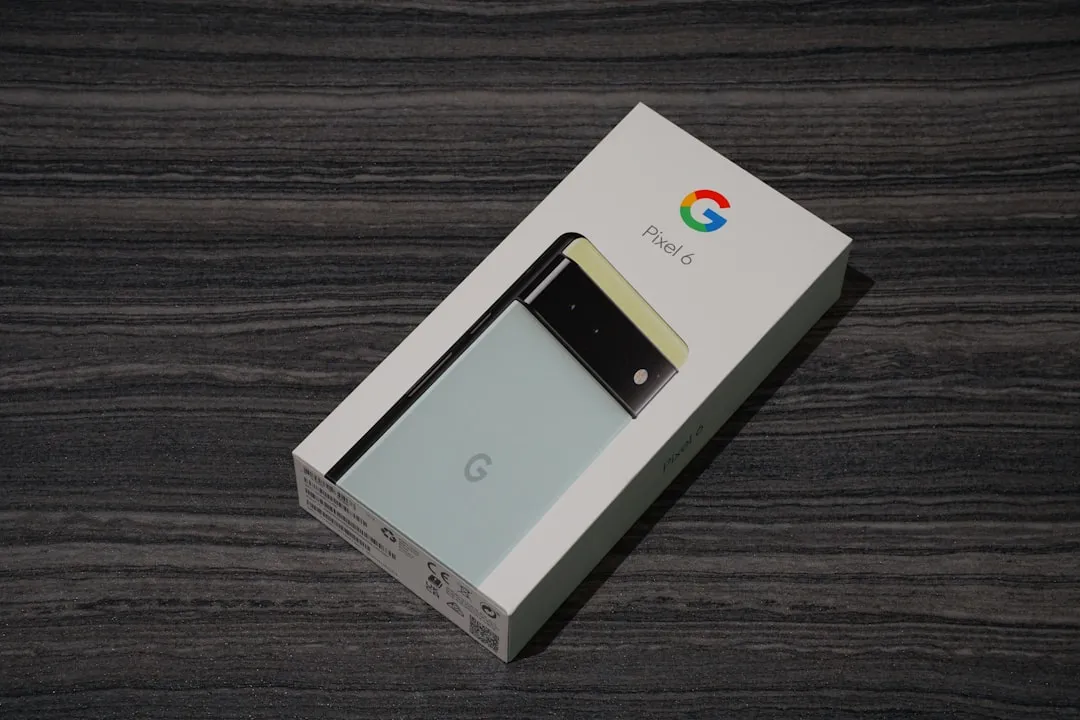




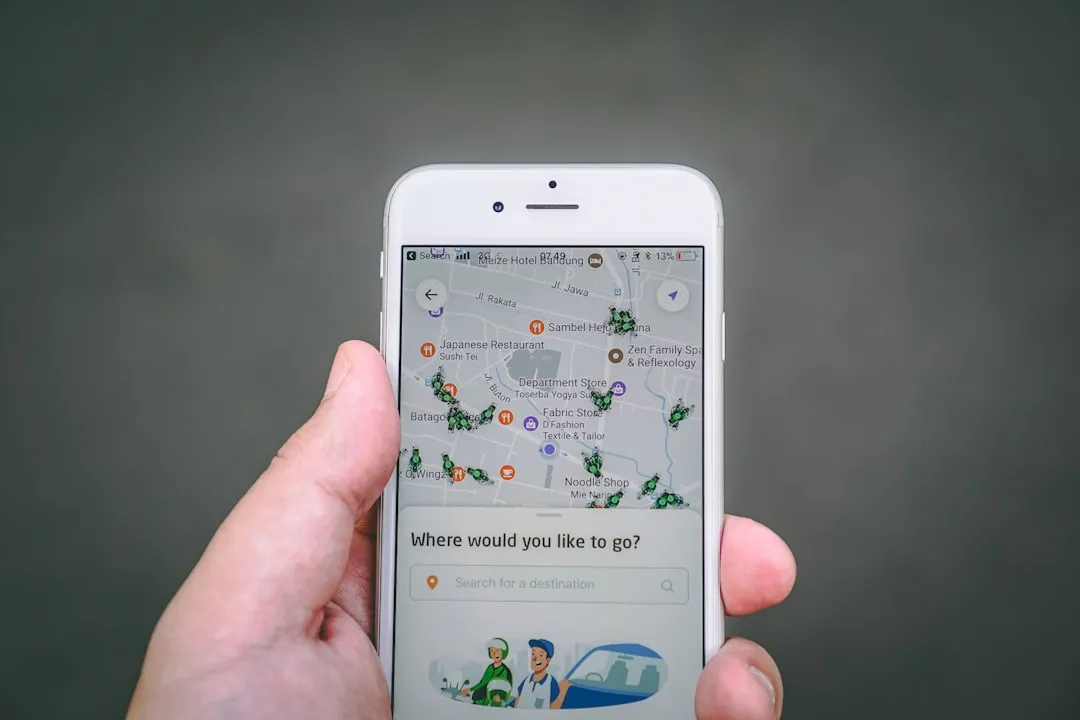
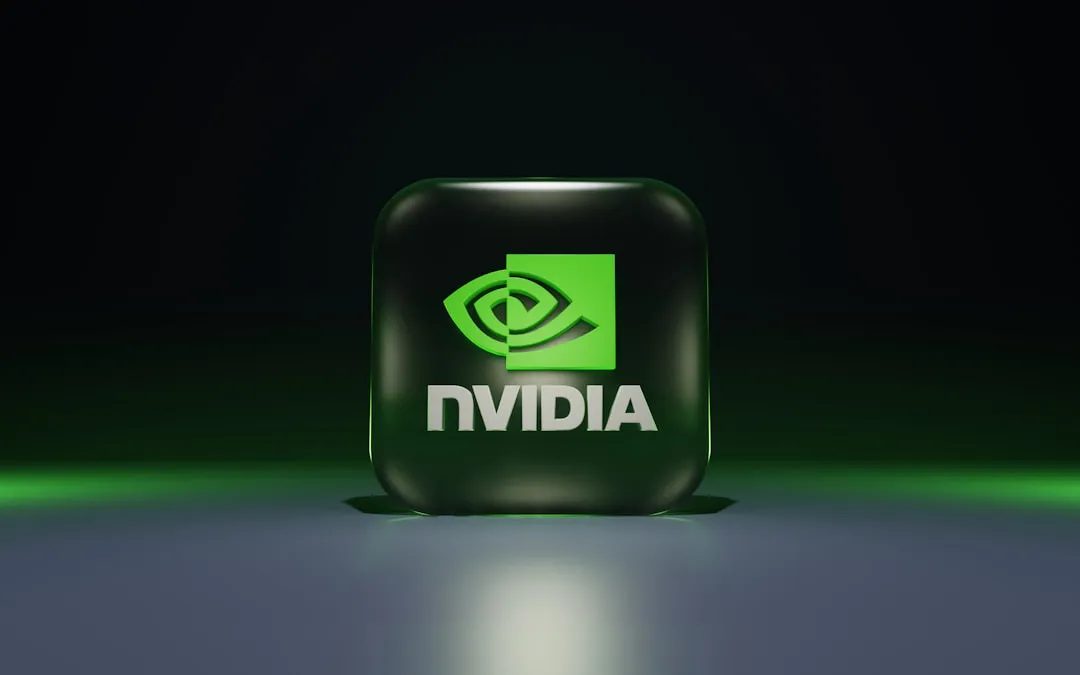

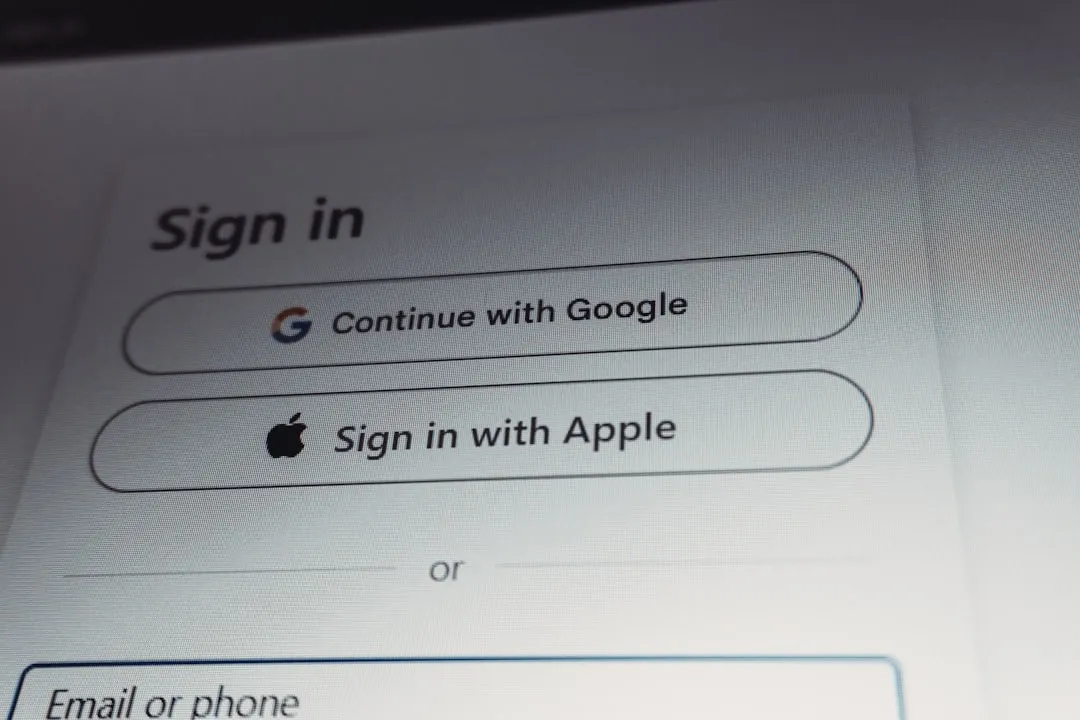

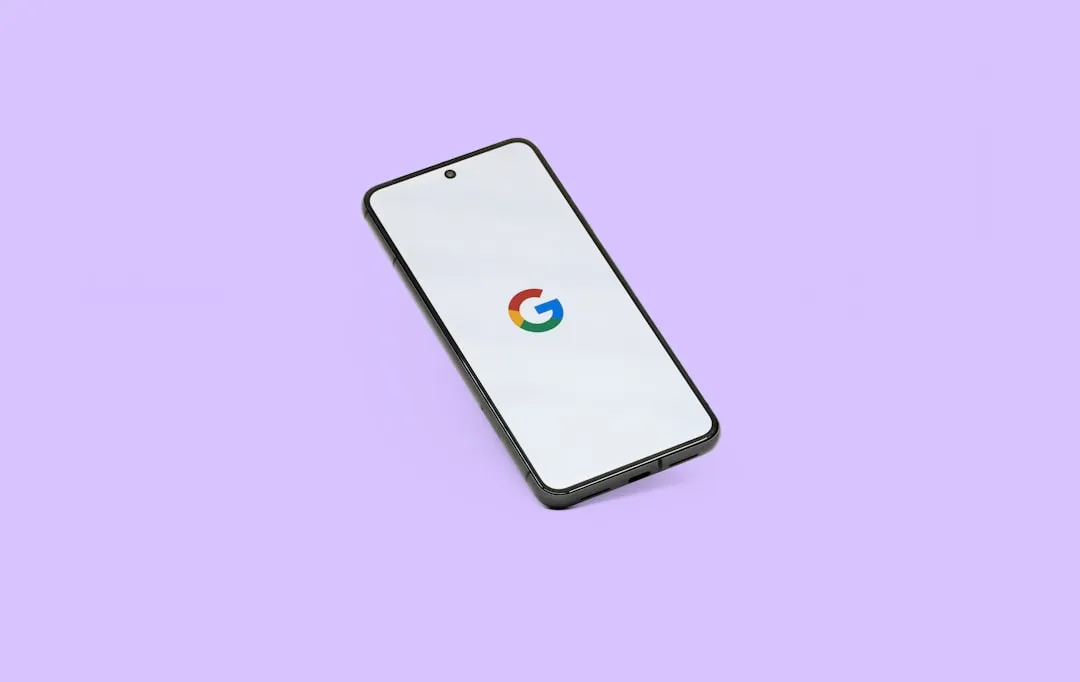



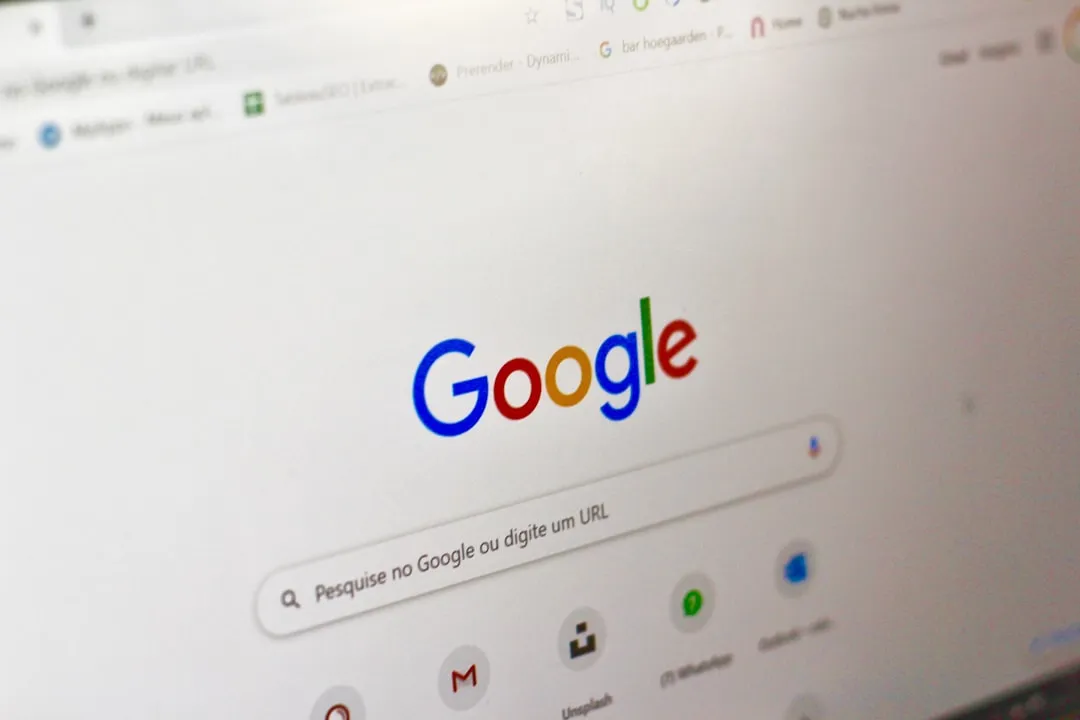



Comments
Be the first, drop a comment!